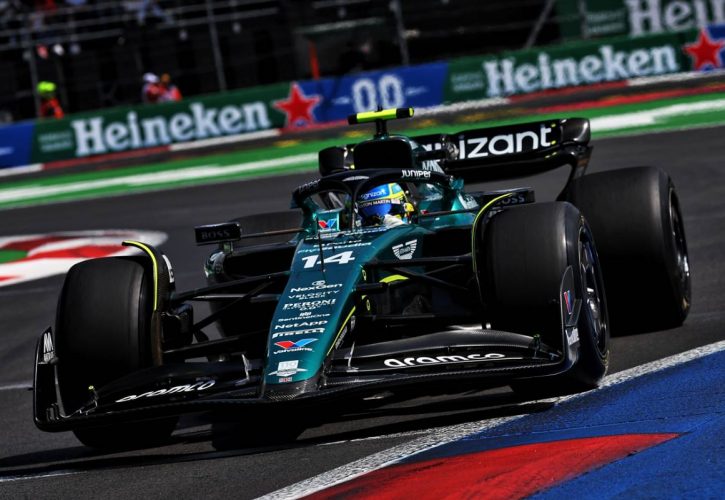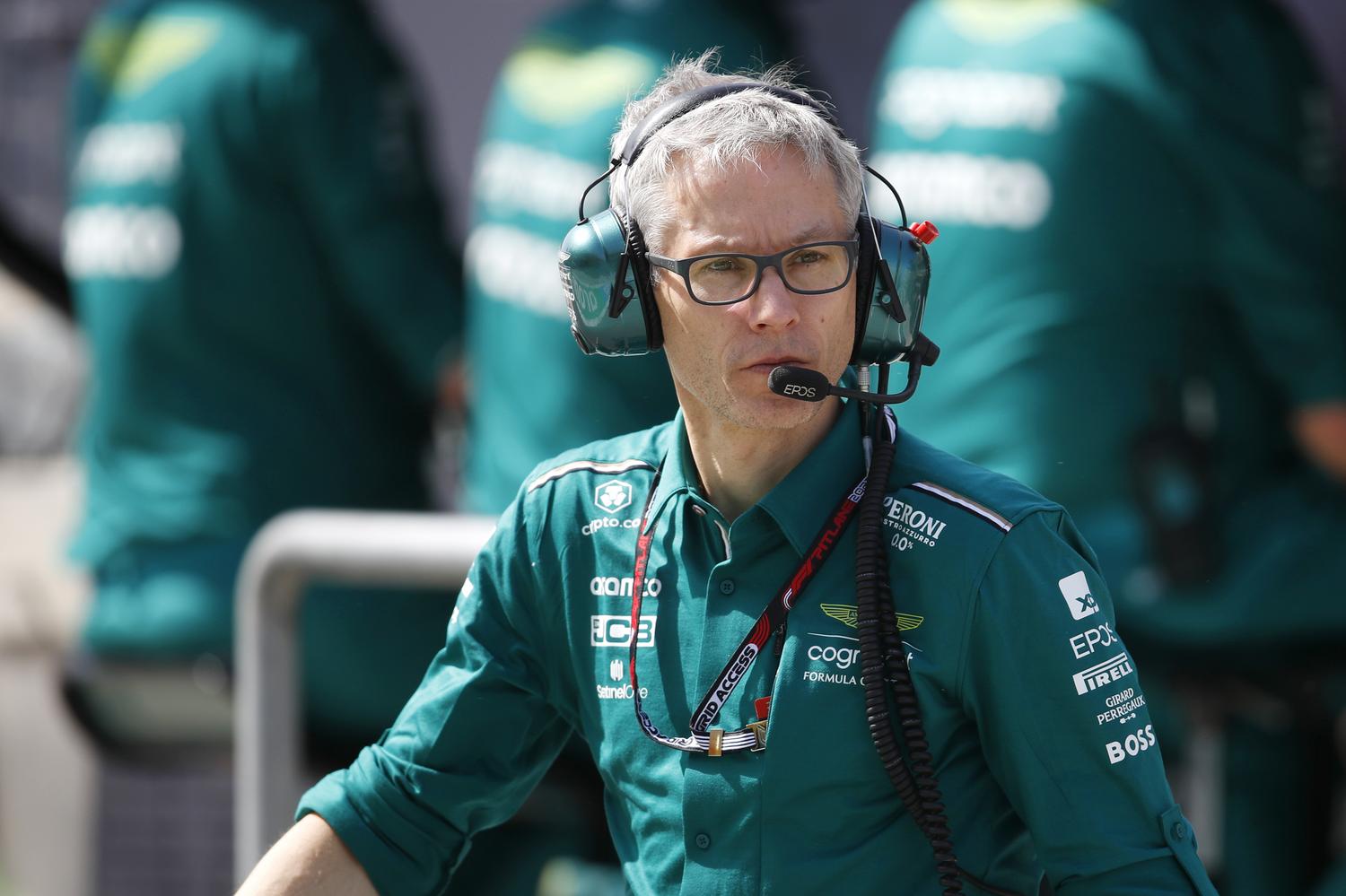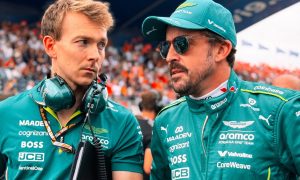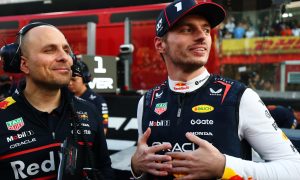
Aston Martin Team Principal Mike Krack anticipates that F1’s field of contenders will largely adopt an evolutionary approach to car development, building upon the current ground-effect regulations.
However, he remains cautious of the wholesale changes being planned by Mercedes and Ferrari.
Since last year’s regulation overhaul and the return of ground effects aero dynamics, Red Bull has reigned supreme.
The scale of the Milton Keynes-based outfit’s hegemony was such this season that it concluded its campaign one win short of a historic clean sweep.
The team’s rivals – namely Mercedes, Ferrari, McLaren and Aston Martin – put in their best effort, but despite occasional flashes of brilliance, no team was able to display the performance and consistency necessary to battle the bulls over the long run.
Despite Red Bull's level of dominance, Krack is skeptical of the need for a dramatic overhaul of their car in order to compete with Red Bull.
Instead, he advocates for a steady refinement of their current car, emphasizing the importance of maximizing its potential and ensuring it can perform consistently across the diverse range of tracks.
In contrast, Mercedes and Ferrari are taking a bolder approach. Mercedes is set to unveil an entirely new car, marking a departure from the troubled W13 and W14 designs.
As for Ferrari, the Scuderia is planning a fundamental change to the architecture of its SF-23 as it aims for a more competitive edge.

©AstonMartin
“When you have stable rules, the way we have now, teams will rather go evolutionary,” Krack explained, quoted by Speedcafe.
“If you have such a standout car, as we have with Red Bull, a lot of people will try to go in that direction.
“On the other hand, we have heard from Ferrari, from Mercedes, that they will make very big changes, architectural changes, so we are curious to see what they are going to bring.
“All in all, usually what happens is if the technical regs stay the same, the field moves closer together year on year, which then puts more emphasis on operations.
“If the cars are close together, it is the small differences, the small details that make the difference on your grid position.
“You saw at Interlagos [in Brazil], there were six-tenths between P1 and P19, and this will only get smaller over the years to come.
“I will be surprised if there is a big deviation from where we are now.”

©AstonMartin
While Aston car development strategy may focus on evolutionary refinements, their overall performance hinges on simultaneous progress in their operational efficiency and execution.
To truly challenge for championships, Aston Martin must transcend technical advancements and seamlessly integrate them with flawless race preparation, strategic decision-making, and pit-stop precision.
“I’m relentless in putting into everybody’s minds that it’s safety, reliability, operations first,” said Krack.
“On the operational side, we have to be 100 percent in each session, in each event, over the whole year, and if we do not manage that, then you cannot extract maximum performance, be it from the driver, the car, the setup, the engineers.
“We must guarantee that we have this box ticked, as we failed to do so on a couple of occasions this year.”
Keep up to date with all the F1 news via Facebook and Twitter







